Clean water.
As important to us as it is to you.
JMS is a third generation family-owned business offering superior environmental process equipment solutions
Maybe you’re charged with increasing the volume of your plant, meeting ever-changing environmental regulations, or optimizing equipment and manpower investment. Whatever the task, JMS can help you meet your goals. Since 1962, we’ve been working with environmental equipment operators and owners, consulting engineers, and contractors to provide superior environmental process equipment.
What we offer
Our family of products improves the quality of drinking water, maximizes solids handling efficiency, and helps wastewater plants meet DO requirements aimed at lowering environmental impact.
What are your challenges?
Whether you work in a plant or utility setting, your priorities may feel very different than other roles. We’ve highlighted the issues each position faces to get the wheels turning on how we can work with you to offer cost-effective solutions.
Environmental Equipment Operators
- Meet process requirements
- Comply with state and federal regulations
- Source low maintenance equipment with a low life-cycle cost
Consulting Engineers
- Find the best solution for the plant owner
- Optimize equipment selection
- Satisfy budget restraints
Contractors
- Obtain accurate and competitive quotes
- Create a smooth path to approval
- Maintain desired schedule
- Ensure efficient installation is achieved
What our customers are saying
Contact us today!
Sales, Customer Service and Parts
Mega-TREATMENT Products:
Bio-HANDLING Products:
Aftermarket Parts:
Location
5120 Westinghouse Blvd.
Charlotte, NC 28273
Mailing Address
PO Box 38778
Charlotte, NC 28278
- (704) 554-8397
- (704) 554-9113



